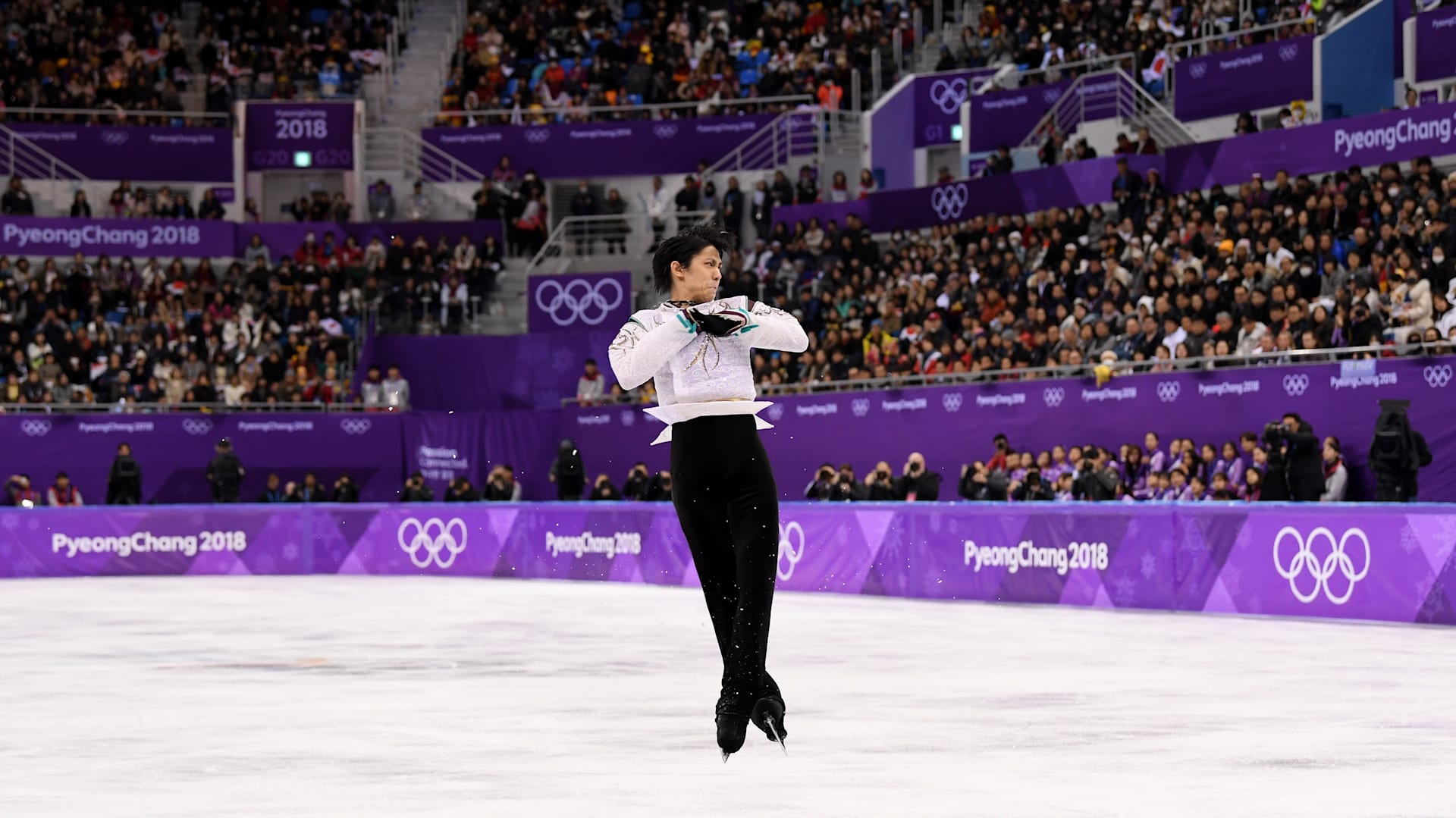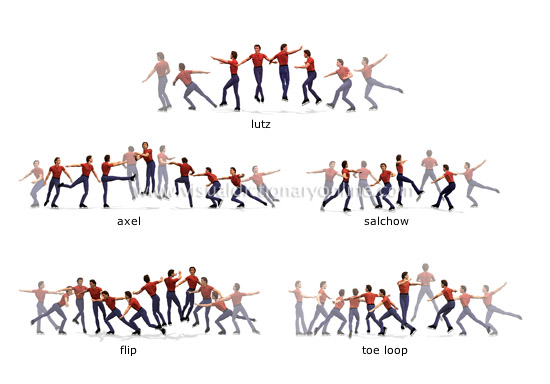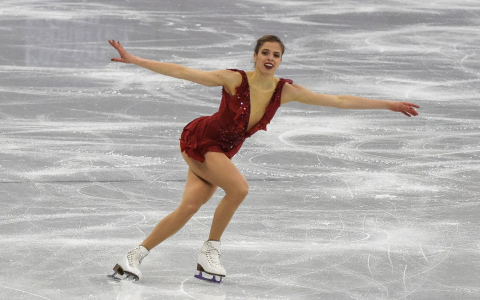You know when you’re watching ice skating, especially the fancy competitions, and the skaters are just launching themselves into the air, spinning like crazy? For the longest time, I was clueless. Like, totally lost. They’d announce “Oh, a beautiful triple Lutz!” and I’d just be nodding along, thinking, “Sure, looked like a jump to me!” It all just seemed like a bunch of spinning and hoping for the best on the landing.

So, I decided I wanted to actually get what was going on. Not like I was planning on becoming a skater myself, mind you. My idea of being on ice is mostly trying not to recreate that scene from Bambi. But I really wanted to appreciate it more. So, I started digging in, watching slow-motion replays, and trying to spot the differences. It’s been a bit of a journey, and I’m definitely no expert, but I can finally tell some of them apart, most of the time anyway!
My First Breakthrough: The Toe Pick Jumps
Okay, so the first thing that clicked for me was that some jumps use the toe pick – you know, the jaggedy bit at the front of the skate blade. They literally dig that into the ice to help them launch. Once I got that, a couple of jumps started to make a bit more sense.
There’s the Toe Loop. This one, to me, often looks like one of the “simpler” ones to spot, if any jump can be simple. The skater’s gliding backward, then they reach one leg back, jab that toe pick in, and up they go. I kind of see it as a “pole vault” with their leg. Still incredibly hard, obviously, but the mechanics started to become a bit clearer to me.
Then you’ve got the Flip and the Lutz. Oh boy, these two were my nemeses for ages, and honestly, I still get them mixed up if I’m not paying super close attention. Both use a toe pick from the back, like the Toe Loop. The big deal, and what everyone talks about, is the edge they take off from on the other foot, the skating foot. The Flip is supposed to be from an inside edge (like, leaning towards the inside of your foot). The Lutz, which is usually worth more points, is from an outside edge. Sounds like a tiny detail, right? But it changes everything. Watching for that little lean and the curve of their entry is key. I’ve rewound so many videos trying to see that darn edge. Sometimes I nail it, sometimes I’m just guessing wildly.
Moving on to the Edge Jumps – No Toe Pick Allowed!
After wrestling with the toe jumps, I moved on to the edge jumps. These are different because the skater doesn’t use their toe pick to launch. It’s all about using the edge of the blade and pure power. To me, these look smoother, maybe more elegant in the take-off, because there isn’t that jab motion.

The Salchow – I always thought this one had a cool name. For this one, they take off from a back inside edge, and the free leg kind of swings forward and around to help them get into the air. It looks quite open, with that leg swing. That swing is my main clue for spotting a Salchow.
Then there’s the Loop jump. This one also takes off from a back outside edge, just like the Lutz, but without the toe pick assist. It often looks like the skater is making a little circle or “loop” on the ice just before they jump, which I guess is where the name comes from. I’ve heard some folks call this the Rittberger, which just threw another name into the mix when I was first trying to learn all this stuff. For me, the Loop take-off looks really direct, like they just bend their knees and spring up off that edge.
And the King of Them All: The Axel
Finally, there’s the Axel. This one is the beast. It’s the only jump where they take off going forwards. That’s my big giveaway. If I see them skating forward and then launching, I’m pretty sure it’s an Axel. And because they take off forwards and land backwards, it actually has an extra half rotation compared to other jumps with the same number of “names.” So a single Axel is one and a half spins, a double is two and a half, and so on. No wonder it’s considered so difficult. I just watch these in total awe. The idea of even attempting one is just… nope, not for me.
So yeah, that’s kind of been my process. It’s still a work in progress, and the pros do them so fast and string them together so quickly that it can still be a blur. But being able to at least hazard a guess, or understand why the commentators are getting excited about a particular jump, has made watching skating a whole lot more engaging for me. It’s pretty cool to see the power and precision these athletes have. I’m still mostly on the couch with my hot chocolate, but hey, at least now I have a slightly better idea of what incredible feats they’re pulling off on the ice!

